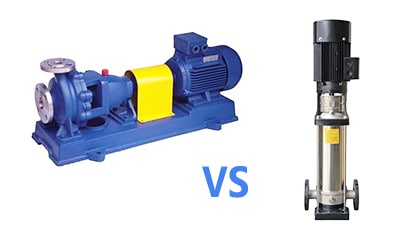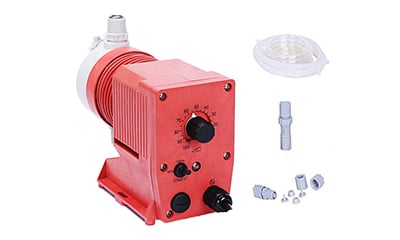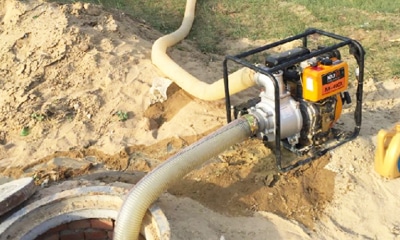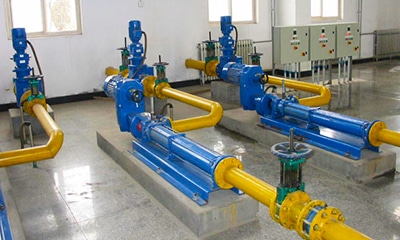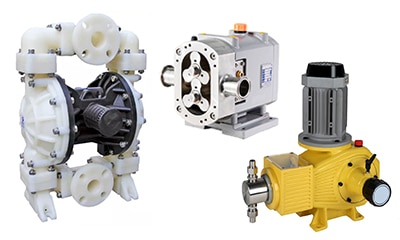Centrifugal pumps can be found in many industrial applications. They offer excellent operating efficiency and versatility in terms of pressure and liquid flow. In-line centrifugal pumps will be available in different configurations: horizontal and vertical.
What is the difference between the two types of inline centrifugal pumps? And, which one is right for your process application? The following will answer your questions.
Basic design differences
The first and most obvious difference is the orientation of the shaft. Horizontal centrifugal pumps have a horizontally oriented shaft, usually between bearings or between cantilevers. Vertical centrifugal pumps, meanwhile, have vertically oriented shafts. The shafts are designed to be radially dissected and overhung.
Deciding which pump to use in your operation may come down to several factors. These include the overall ease of operating and maintaining the pump, installation space and functionality. With this in mind, we will now look at some of the advantages and disadvantages of each pump design.
| NO. | Comparison Factor | Horizontal Centrifugal Pump | Vertical Centrifugal pump |
|---|---|---|---|
| 01 | Position of shaft | Horizontal | Vertical |
| 02 | Space Avalablity | Requires more floor space but less headroom | Requires less floor space but more headroom |
| 03 | Working pressure and Temperature | Can’t handle more pressure and temperature of fluid on suction side | Can work efficiently with higher pressure and temperature condition |
| 04 | NPSH | Can not be altered | Can be altered as per requirement |
| 05 | Efficiency | Comparatively high efficient | Comparatively less efficient |
| 06 | Priming | Requires (Except self-priming pumps) | Not required |
| 07 | Maintenance and Installation | Easy | Comparatively tough |
Horizontal centrifugal pumps – advantages and disadvantages
On the positive side, horizontal centrifugal pumps are easier to install and maintain with easily accessible internal components. You can choose the right shaft design to provide the desired pumping pressure. Low suction applications are best served by using overhanging shafts, while you need built-in bearing shafts to achieve high suction. Horizontal centrifugal pumps can be easily and securely attached to external accessories such as turbines, electric motors or fuel engines. Finally, the low headroom of horizontal pumps makes them ideal for indoor applications where vertical space is often compact.
On the downside, if your plant is concerned about footprint, a horizontal centrifugal pump will take up a larger footprint. In general, horizontal pumps operate at lower temperatures and pressures compared to vertical pumps. You also don’t want to use a horizontal centrifugal pump for applications that require more NPSH (net positive suction pressure head) than a particular pump can provide. In this sense, it has a limited capacity.
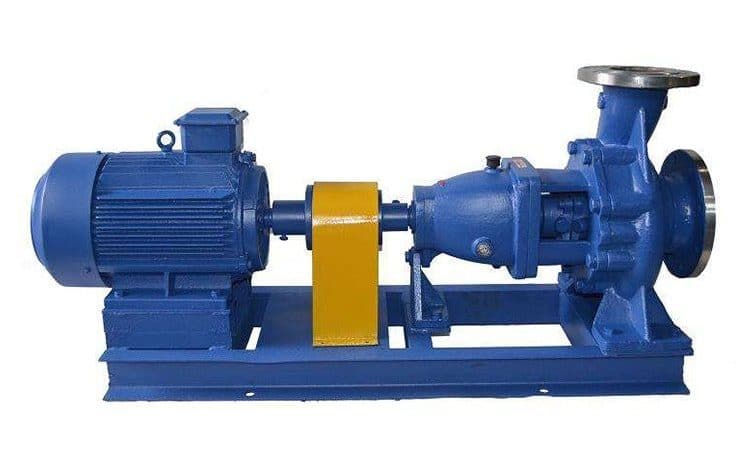
Horizontal applications
- High temperature
- Spraying systems
- Water circulation
- Liquid transfer
- General purpose
Vertical Centrifugal Pumps – Advantages and Disadvantages
When you have a limited surface area and need a smaller footprint, vertical centrifugal pumps are sure to take up less floor space. They are ideal for high temperature and pressure fluids and can be modified from NPSH to handle a wider range of applications.
Vertical pumps require a lot of headroom, which makes them more difficult to install and maintain. Most also require a pit and bucket (especially for larger multistage pumps). Vertical centrifugal pumps can also only be coupled to an electric motor. Some operational challenges arise at high suction pressures due to the difficulty of balancing axial thrust with overhanging shaft designs. Likewise, liquids with high concentrations of dissolved gases are difficult to handle and can lead to mechanical seal failure.
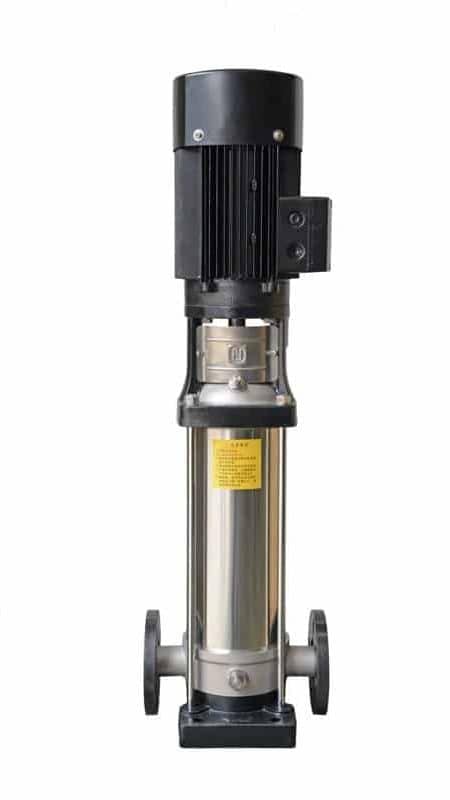
Vertical applications
- Condensate
- Oil sump
- Booster stations
- Lift Stations
Selecting and configuring the right horizontal or vertical pump for your application is critical, so you need to work with an expert like HAOSH to get all the answers you need before making a final pump decision. Let us help you find the best pump for your needs. Contact us to learn more about centrifugal pumps and accessories.

